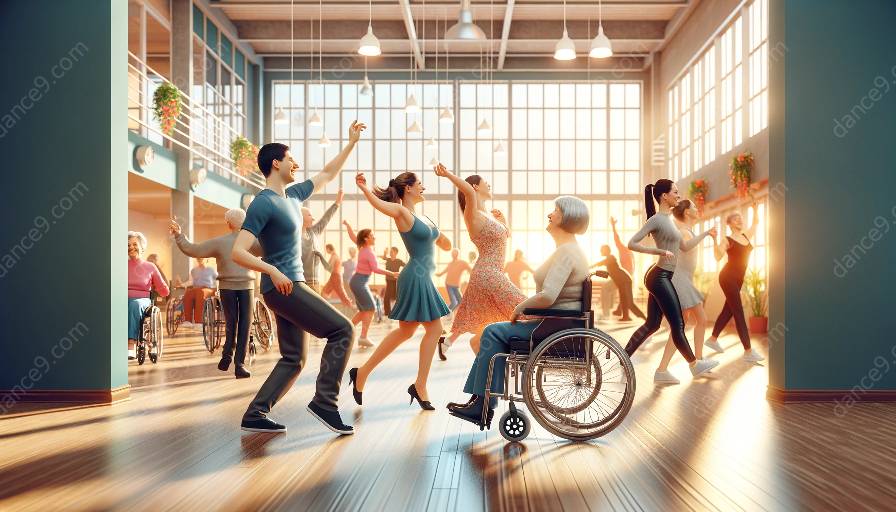Dance is a powerful form of expression and a beneficial physical activity that can bring joy and enrichment to individuals with autism spectrum disorder (ASD). As educators and dance instructors, it is essential to adopt specific strategies to create inclusive and effective dance programs for this unique population.
Understanding Autism Spectrum Disorder
Autism spectrum disorder is a complex neurodevelopmental condition that manifests in various ways, impacting an individual's social interactions, communication, and behavior. People with ASD may experience sensory sensitivities, difficulty with transitions, and challenges in understanding social cues.
The Role of Dance in Supporting Individuals with Autism
Dance offers a creative and non-verbal outlet for individuals with ASD to express themselves, develop motor skills, enhance social interactions, and regulate sensory experiences. When taught in a supportive and understanding environment, dance can play a crucial role in promoting self-confidence, emotional expression, and overall well-being.
Key Strategies for Teaching Dance to Individuals with Autism Spectrum Disorder
Structured Routine and Clear Communication
Establishing a structured routine with clear and consistent communication is essential for individuals with ASD. Clearly outlining the class schedule, activities, and behavioral expectations can help minimize anxiety and create a sense of predictability. Using visual schedules, visual cues, and simple, direct language can aid in promoting understanding and reducing stress.
Emphasis on Sensory Integration
Individuals with ASD may have sensory processing differences, making it crucial to consider the sensory environment when teaching dance. Providing sensory-friendly accommodations, such as adjusting lighting, sound levels, and textures, can create a more comfortable and inclusive space for participants. Additionally, incorporating sensory-based movement activities, proprioceptive input, and tactile experiences can support sensory integration and self-regulation.
Individualized Instruction and Differentiated Learning
Recognizing the diverse strengths and needs of individuals with ASD is fundamental in creating an inclusive dance program. Tailoring instruction to accommodate varying learning styles, abilities, and communication preferences can foster a supportive and personalized learning environment. Offering individualized attention, visual modeling, and flexible adaptation of dance movements can enhance engagement and participation.
Use of Visual Supports and Social Stories
Utilizing visual supports, such as visual schedules, picture cues, and social stories, can aid in clarifying expectations, transitions, and social interactions during dance classes. Visual supports provide concrete visual information that supports comprehension and reduces uncertainty. Social stories, personalized narratives that depict social situations and expectations, can help prepare individuals with ASD for dance class and social interactions within the studio.
Promotion of Social Connection and Peer Interaction
Creating opportunities for social connection and peer interaction is valuable for individuals with ASD. Inclusive dance classes can foster positive social experiences, cultivate empathy, and build meaningful relationships among participants. Incorporating structured partner activities, group collaboration, and inclusive performance opportunities can promote social engagement and a sense of belonging.
Professional Development and Collaboration
Continued professional development for dance educators and staff is essential for effectively supporting individuals with ASD. Training in autism awareness, sensory-friendly teaching practices, and behavior management strategies can enhance the capacity to create inclusive and successful dance programs. Collaborating with autism specialists, occupational therapists, and behavioral therapists can provide valuable insights and expertise in meeting the unique needs of individuals with ASD.
Conclusion
Teaching dance to individuals with autism spectrum disorder requires intentional strategies that prioritize understanding, inclusivity, and individualized support. By implementing structured routines, sensory integration techniques, differentiated instruction, visual supports, and promoting social connection, dance educators can create enriching and empowering experiences for individuals with ASD. Embracing ongoing education and collaboration, dance programs can continue to evolve and positively impact the lives of individuals with autism through the transformative power of dance.















